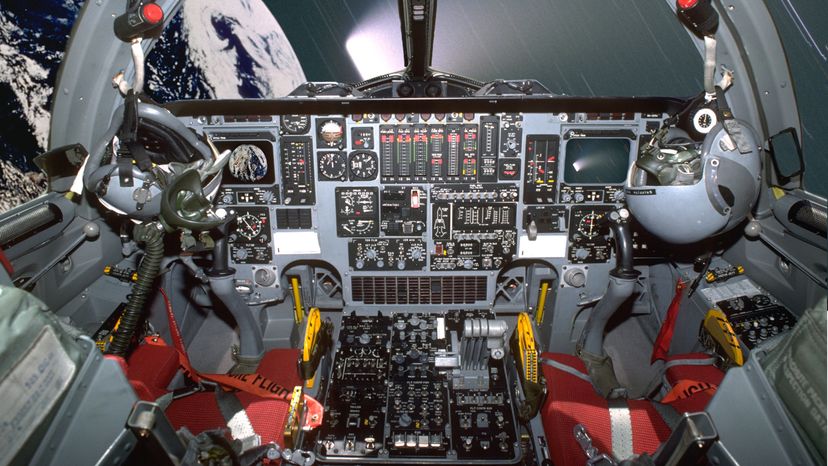
The two Voyage spacecraft certainly have had an amazing track record. They were sent to photograph planets like Jupiter, Saturn and Neptune and have just kept on going past the outer edge of the solar system. Voyager 1 is currently over 7 billion miles (about 11 billion kilometers) away from Earth and is still transmitting -- it takes about 10 hours for the signal to travel from the spacecraft to Earth!
The Voyager spacecraft use 23-watt radios. This is higher than the 3 watts a typical cell phone uses, but in the grand scheme of things it is still a low-power transmitter. Big radio stations on Earth transmit at tens of thousands of watts and they still fade out fairly quickly.
Advertisement
The key to receiving the signals is therefore not the power of the radio, but a combination of three other things:
- Very large antennas
- Directional antennas that point right at each other
- Radio frequencies without a lot of man-made interference on them
The antennas that the Voyager spacecraft use are big. You may have seen people who have large satellite dish antennas in their yards. These are typically 2 or 3 meters (6 to 10 feet) in diameter. The Voyager spacecraft has an antenna that is 3.7 meters (14 feet) in diameter, and it transmits to a 34 meter (100 feet or so) antenna on Earth. The Voyager antenna and the Earth antenna are pointed right at each other. When you compare your phone's stubby, little omni-directional antenna to a 34 meter directional antenna, you can see the main thing that makes a difference!
The Voyager satellites are also transmitting in the 8 GHz range, and there is not a lot of interference at this frequency. Therefore the antenna on Earth can use an extremely sensitive amplifier and still make sense of the faint signals it receives. Then when the earth antenna transmits back to the spacecraft, it uses extremely high power (tens of thousands of watts) to make sure the spacecraft gets the message.
Advertisement